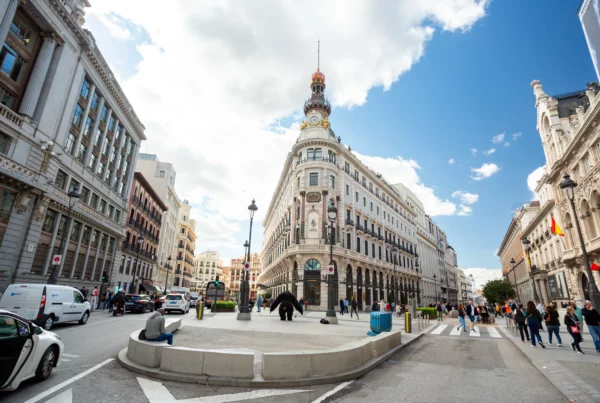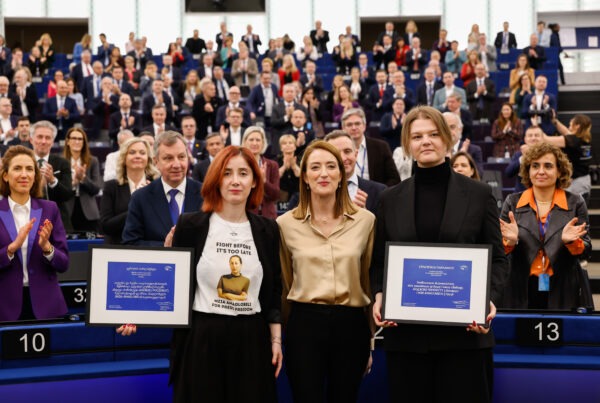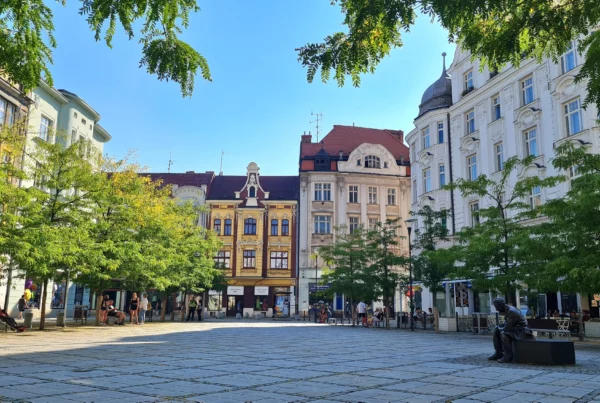City pairings across Europe and beyond
European city-to-city cooperation, including town twinning, is increasingly viewed as a possible solution to current challenges of sustainability as well as a way to promote best practice exchanges at the local level.
City pairings are receiving renewed attention and resources at local, national and European levels as innovative ways to tackle current challenges, boost sustainable development and promote cultural exchanges.
Earlier in January, Italian President Sergio Mattarella and his German counterpart Frank-Walter Steinmeier announced the second edition of an award for city cooperation between the two countries. The prize, first launched in 2020, will reward municipalities cooperating on civic engagement, culture, inclusion and sustainability.
“Twinnings between Italian and German municipalities represent a fundamental instrument to consolidate the friendship between Germany and Italy, deepen our relationship and face together our current and future challenges,” Mattarella said.
Meanwhile, at the EU level, the European Commission is funding several initiatives to boost city cooperation, such as the International City Partnerships matching European and third-country cities on sustainable development. It also recently published a €4 million call for 2023 for towns working together to promote intercultural dialogue and European citizenship.
Neighbouring cities
According to Lucian Zagan, mobility project coordinator at Eurocities, city partnerships benefit local governments.
“Cities need to cooperate to advance their interests at national and EU level,” he told EURACTIV, adding that municipalities often collaborate on areas of mutual interest.
For instance, Helsinki and Tallinn, which are divided by an 82 km strip of sea, have been cooperating since the 1990s and are now working together on cleaning up the Baltic Sea.
“We, as twin cities, are initiating together this campaign on cleaning the sea for all the cities around the Baltic Sea,” said Krista Kampus, who leads the work of Tallinn as European Green Capital for 2023.
While neighbouring countries often share a similar culture and needs, territorial proximity is not a prerequisite for collaboration, according to Zagan.
Long-distance cooperation
Despite the distance separating them, many European towns are currently cooperating with cities in third countries.
For instance, the Italian city of Palermo, recently launched an initiative to exchange best practices with the twin town of Sekondi-Takoradi, in Ghana. The aim of the initiative, called “Twin cities in Sustainable Partnership”, is to support urban and sustainable development processes.
Meanwhile, the city of Zaragoza in Spain established a partnership with Ounck, a small Senegalese town, to support the local production of spirulina, a food supplement that plays a key role in malnutrition.
According to Fabrizio Rossi, secretary general of the Council of European Municipalities and Regions (CEMR), these city partnerships can provide a “long-term systematic approach” to solve global challenges, “far away from geopolitical tensions” which might arise at the national level.
Networks of cities
European municipalities are also joining forces on specific issues, such as sustainable mobility and health, through networks of cities.
Tallinn, for instance, is part of the NetZeroCities partnership, which aims to promote Europe’s transition to net zero emissions, and the CIVITAS network, which fosters sustainable urban mobility.
Article published on Euractiv.

Project Officer – Twinning and Partnerships Building






